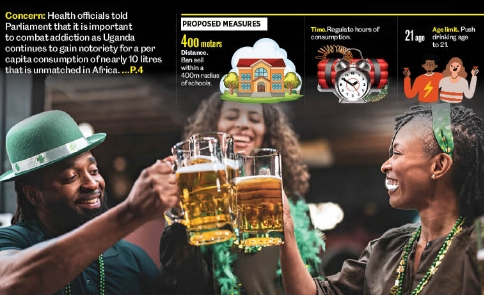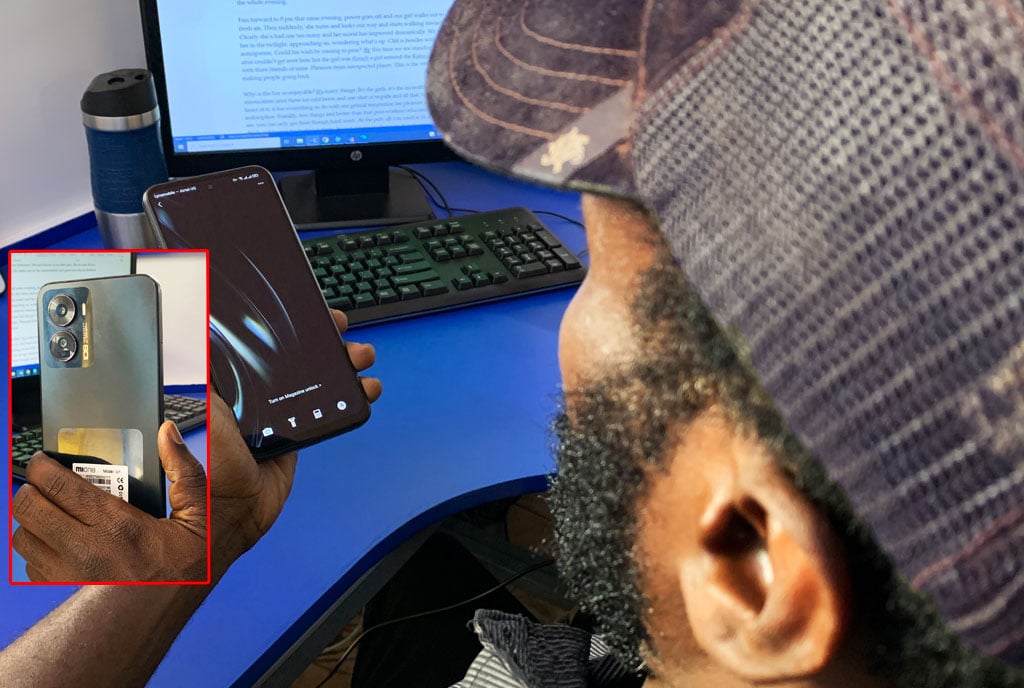Our lawmakers must dispense with the pretence over sporting facilities

ROBERT MADOI
What you need to know:
St Mary’s Stadium, which has stood as one of Uganda's most bankable stadia, retreated in silent resignation after failing to convey standards African football body Caf desired of it.
Discussions around whether the Mandela National Stadium in Namboole will stage a crucial 2023 Africa Cup of Nations or Afcon qualifier against Algeria in June are playing out with a fresh urgency.
Uganda recently wobbled and took a step back in more ways than one when all her stadia failed to make the grade for staging a men’s Afcon qualifier. The penultimate home match that eventually ended in defeat at the hands of Tanzania had to be played in Egypt.
St Mary’s Stadium, which has stood as one of Uganda's most bankable stadia, retreated in silent resignation after failing to convey standards African football body Caf desired of it. For the team that runs everything down to the smallest details at Kitende, the effort at saving the Cranes from having to make do with a home away from home was hard and the result unsparing.
But more than anything, the episode is evidence of ignorance at best or, at worst, a determination to offend by state actors. Uganda feels a long way from achieving the bare minimum when it comes to having sports infrastructure. Yet the manner in which Sports minister Peter Ogwang was quizzed on the floor of parliament after a Cranes home fixture was staged in Egypt the other day was telling.
The purpose of proceedings in the House was to warn off the uninitiated. They were disabused of any notions that the government is failing at what it claims to do. How else would you explain the selective amnesia of the lawmakers? Their passion and scope of action seemed to suggest that the ball had been dropped for the first time. Nothing could be further from the truth.
The tragic depths in which the apathy of state actors glimmers through beggars belief. There is a frightening sense of permanence in the way that our government thinks we can do without sports infrastructure. And the sad thing is that it has always won this argument without having to debate.
There are countless examples that reveal a weakened belief in making sports infrastructural investments. Our gallant netball and hoops national outfits do not have indoor facilities at their disposal. Players are consequently predisposed to injuries thanks to being subjected to 20th century sports infrastructure with floors carved out of concrete.
When these outfits beat the odds en route to turning in noteworthy performances, state actors unsurprisingly want to make the ugliness of our society disappear by laying claim to the feats.
References are made about the enabling environment (read peace) that can be traced back to the sitting government. Its (peace) power, we are told, is potentially immense. And maybe it is.
Your columnist will tell you what else can be potent: being intentional about addressing sports infrastructure deficits in the country. And this should start at school level where playgrounds are conspicuous by their absence. The net result of this lack is a growing number of young people grappling with obesity and non-communicable diseases.
Interestingly, when the pandemic had Ugandans cooped up in 2020, President Museveni sought to convey how sport can be used to guarantee good health. He showed us how to exercise in our home spaces. Yet in months to come he took pains to present sport as being so leisurely that it’s nearly inert. He argued, unconvincingly, that sport is not part of the real economy.
Is it any wonder then that we cannot stage an Afcon qualifier within the bounds of our country? It is clear that the enabling environment holding steady can only do as much. If deep and damaging fissures are to be plugged once and for all, state actors will need to be intentional about overhauling our rickety sports infrastructure. Actions on the same currently taking place are instantly recognisable at once as enforced and cosmetic.




